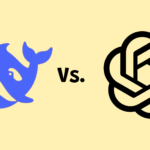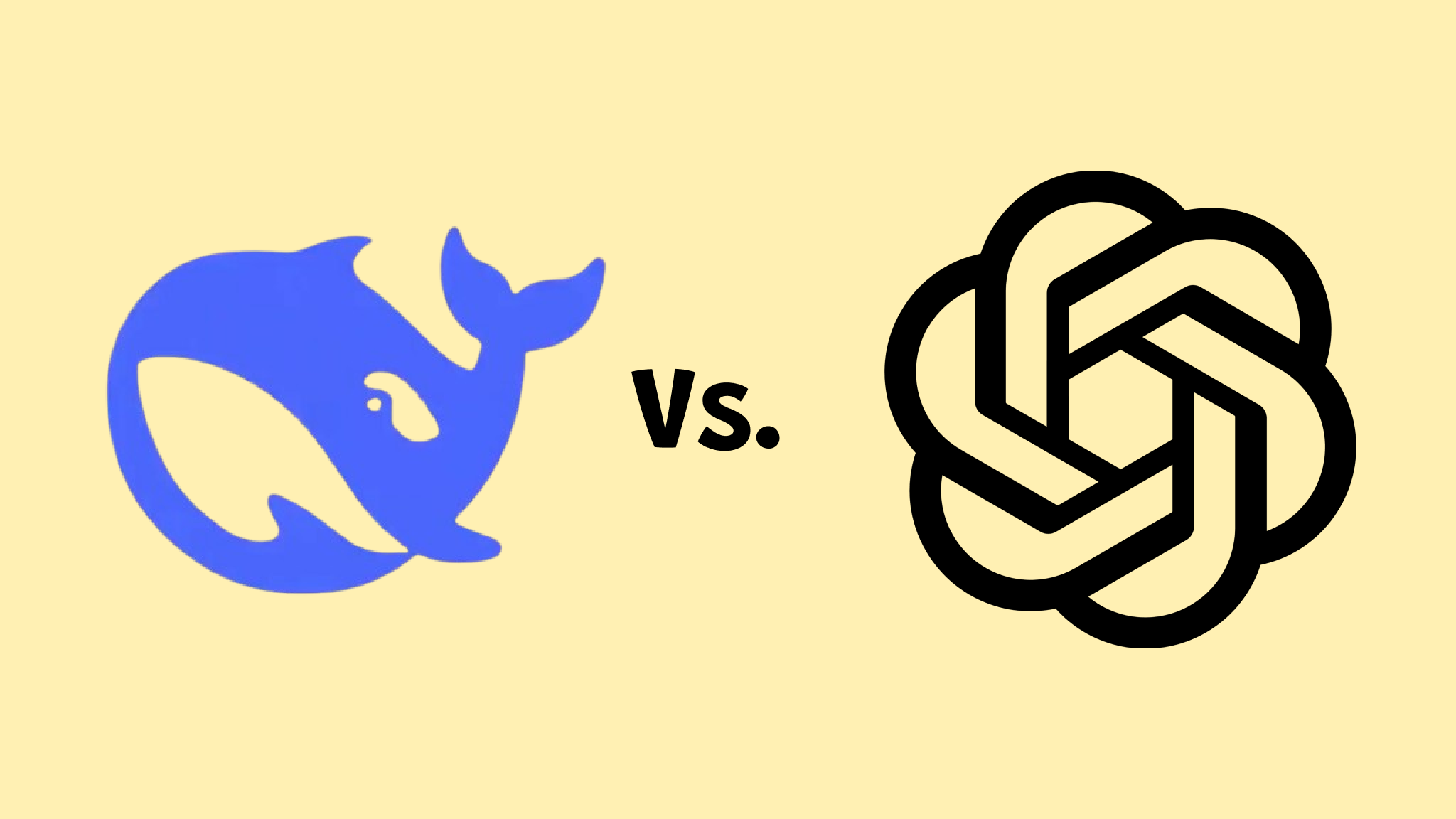OpenAI and DeepSeek, despite their vastly different origins and scales, have emerged as direct competitors in the rapidly evolving world of artificial intelligence. OpenAI, the established giant, and DeepSeek, the disruptive newcomer, are now vying for market share and influence, especially in the crucial areas of model performance, cost, and open-source accessibility. This competition, OpenAI Vs DeepSeek, is fundamentally changing the dynamics of the entire AI industry.

Incumbent Giant: OpenAI 🇺🇸
OpenAI was founded a decade ago, in 2015, with the ambitious goal of ensuring that artificial general intelligence (AGI) benefits all of humanity. It has grown into a heavyweight, boasting over 800 million weekly users for its flagship product, ChatGPT. This vast user base and its enterprise API access have driven its annual recurring revenue to a staggering $13 billion. OpenAI’s key models, such as GPT-4 and GPT-4o, are considered industry leaders and have set the benchmark for AI capability.
However, this dominance comes at an enormous cost. The company’s models require immense computational resources, leading to significant financial strain. OpenAI reported $8 billion in operating losses in the first half of 2025 due to these high compute costs, with annual deficits projected to reach $16 billion to $20 billion.
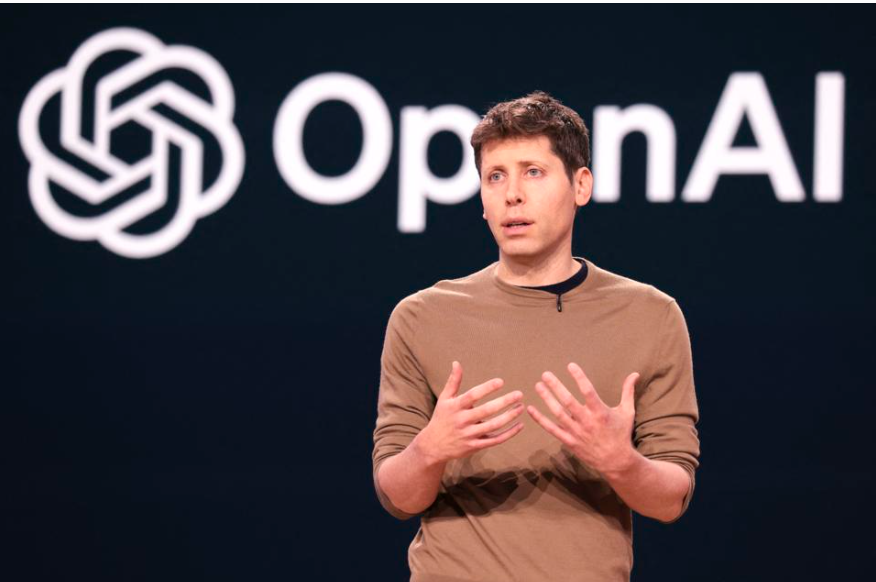
To secure its future and fuel its relentless AI expansion, OpenAI is actively pursuing monumental $1 trillion infrastructure deals with technology giants like Microsoft, Nvidia, Oracle, and AMD. Despite its massive size, it has 5,300 employees and has raised $6.6 billion in capital. OpenAI is now under immense pressure to maintain its technological lead and manage its spiraling expenses. Its business model relies on expensive, closed-source models and premium subscriptions, such as the $20 per month ChatGPT plan.
Lean, Disruptive Challenger: DeepSeek 🇨🇳
DeepSeek presents a stark contrast to OpenAI. It was founded much more recently, in 2023, by Liang Wenfeng in Hangzhou, China. In less than two years, the company has achieved remarkable technological parity with the industry leader, but with minimal resources. DeepSeek operates with a lean team of only 200 employees and developed its powerful models for a reported cost of less than $10 million. The company is currently valued at $150 million, a fraction of OpenAI’s $157 billion valuation, yet its models are causing significant waves.
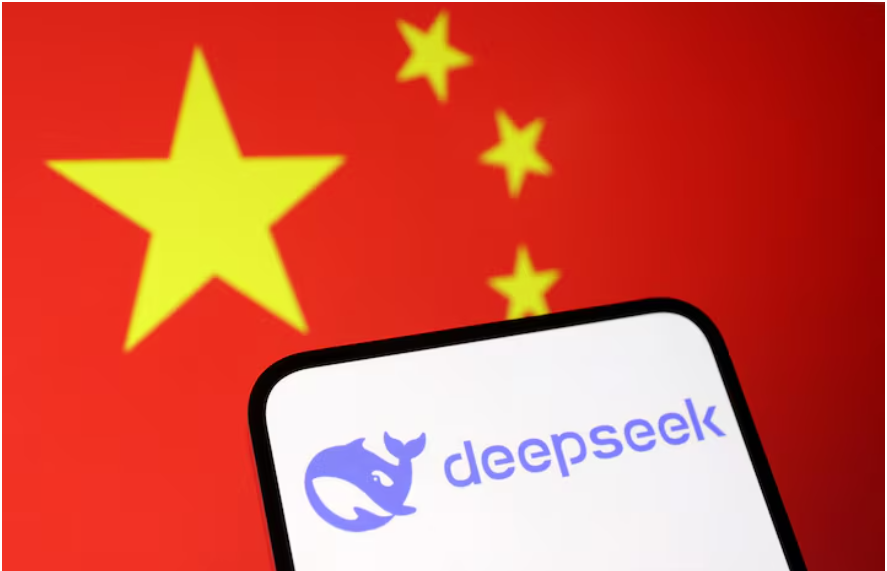
DeepSeek’s key models, including DeepSeek-V3 and DeepSeek-RI, have been shown to deliver performance comparable to OpenAI’s top-tier models. The crucial difference, and the core of the competition, is the dramatically lower cost and its open-source approach. DeepSeek models are significantly cheaper to train and run. One of the main reasons for this cost-effectiveness is the innovative architecture it employs. Unlike models that run all parameters simultaneously, DeepSeek uses a Mixture-of-Experts (MoE) approach. This technique calls upon only the necessary “experts” or parameters when needed, leading to the use of only 2-3% of the resources required by programs like OpenAI’s.
Core Battleground OpenAI Vs DeepSeek: Performance vs. Cost
The most direct point of competition between OpenAI Vs DeepSeek is the incredible performance-to-price ratio DeepSeek offers. Benchmarks now confirm that DeepSeek’s models are performing at a level similar to, or in some cases even exceeding, OpenAI’s top models, but at a vastly reduced price.
The API cost difference is staggering. While OpenAI’s premium models charge upwards of $60.00 per million output tokens, DeepSeek’s API is offered for as low as $2.19 per million output tokens. This represents a cost reduction of over 96%. Similarly, DeepSeek’s subscription plan is priced at just $0.50 per month, compared to OpenAI’s $20 per month. This radical reduction in operational cost and price is not just a competitive edge; it’s a profound disruption to the entire AI market.
For companies and developers who rely on AI APIs, this cost differential is a game-changer. The availability of a high-performance, cost-effective alternative like DeepSeek directly threatens OpenAI’s revenue from API access and its ability to attract and retain high-volume enterprise customers.
Ideological Rivalry: Closed Source vs. Open Source
The competition extends beyond just pricing and performance. It involves an ideological battle between closed-source and open-source AI.
OpenAI, despite its name, operates with a closed-source business model, maintaining secrecy around its models’ internal workings and training data to protect its massive investment and proprietary technology. This approach aims to maximize profits from its advanced technology, but it creates a “black box” that lacks transparency.
DeepSeek, by contrast, has championed the open-source movement, making models like DeepSeek R1 100% open-source. This move allows any developers, researchers, and other companies to use, inspect, build upon, and even deploy the model locally for “free” (outside of their own compute costs). This open approach unleashes rapid, collective innovation, mirroring the historical success of open-source projects like Linux, which became the invisible backbone of the modern digital world.
The open-source availability of high-performing models means that OpenAI’s competitive advantage, which has historically relied on the superiority and exclusivity of its closed models, is eroding. DeepSeek has demonstrated that it is possible to “copy” or match the performance of closed-source models by using sophisticated techniques, including potentially generating training data from the outputs of existing proprietary models. This makes the development of new models a matter of engineering and data generation talent, a move that the DeepSeek team has executed brilliantly. It implies that any future breakthrough by a closed-source company can be quickly analyzed, replicated, and made open-source by the community.
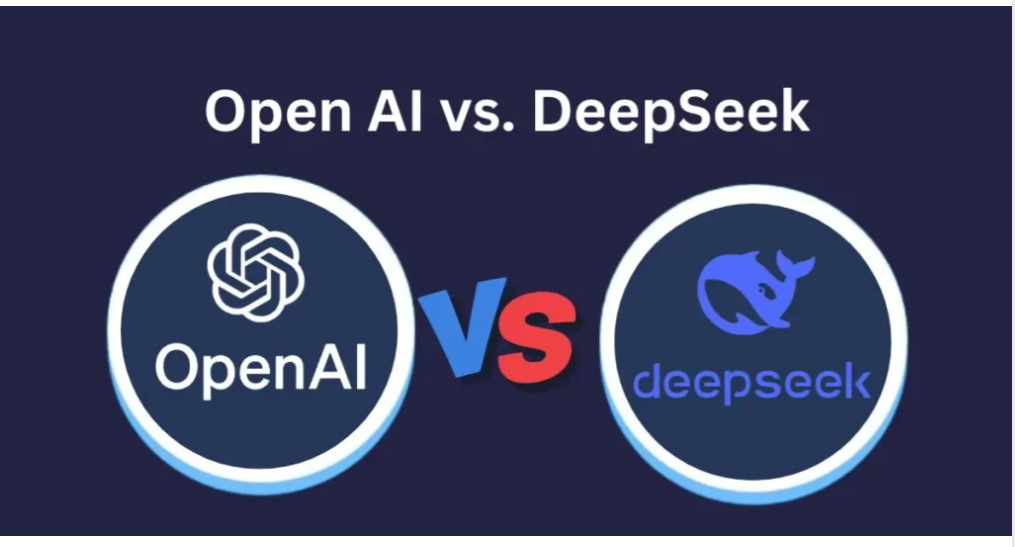
Broader Industry Implications and the Race for Talent
The rise of DeepSeek has several significant implications that solidify the competitive landscape.
Talent Over Cost
DeepSeek has demonstrated that success in AI is increasingly about exceptional talent, a crack team of software engineers, architects, and mathematicians, rather than simply an endless supply of capital or expensive AI researchers. They achieved top-tier results with a fraction of the funding and fewer people, proving that a different kind of talent is now essential for building great models.
Proliferation of Model
The cheaper cost of training and inference, as validated by DeepSeek, will lead to an explosion of new teams and companies building models. This will increase the overall competition exponentially, as more players can enter the market and focus on specific niches. This effect, known as the Jevons Paradox, means that while individual models are cheaper to run, the overall demand for computing power may remain high or even increase as AI becomes ubiquitous.
Shaking Venture Capital
DeepSeek’s cost-effectiveness implies that a modest seed investment can now take a startup much further, potentially even to profitability. This changes the dynamics of AI venture capital, where previously only massive funding rounds were thought necessary to compete with giants like OpenAI.
OpenAI Vs DeepSeek are competitors because DeepSeek has provided a high-performance, cost-effective, and open-source alternative that directly undercuts OpenAI’s closed, expensive business model. DeepSeek is not merely a cheaper option; it’s a fundamental challenge to the established norms, shifting the market’s focus from expensive, proprietary technology to efficient, accessible, and community-driven AI innovation.
